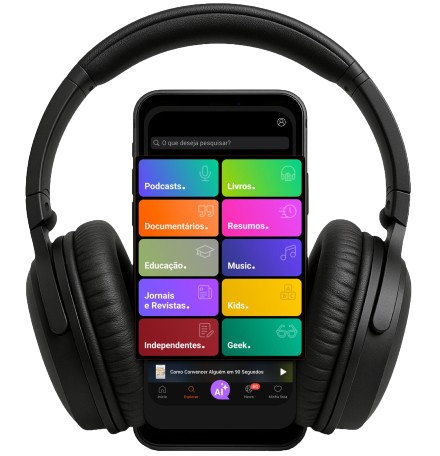Sinopsis
A Reading Group Guide to The Program By Suzanne Young Discussion Questions 1. What can you do to get help if you, or someone close to you, exhibits signs of depression? Who are safe, reliable people in your life whom you can turn to? 2. Sloane remarks, “I can’t believe they don’t understand. I wonder if it’s because adults would rather forget about their problems, the thought that ignorance is bliss.” Why do you think Sloane’s peers and their parents have very different attitudes toward the Program? How does each group, respectively, view the demand for, and methodology of, the Program? Why is there such a disconnect between the teenagers and their parents’ generation? 3. As Sloane and James reconnect, Sloane describes “emotions that are there, but without cause. Feelings that aren’t attached to memories and therefore meaningless.” To what extent are emotions tied to memory? How is memory anchored by emotions? 4. James and Sloane’s romantic relationship was founded on a strong friendship, of which Brady was once a part. At what point do you think their feelings transcended “just friends,” and became more than that? How do you account for this change in their feelings for each other? 5. Explain the logic behind the Program. Why did it come about? What practices did it use to “cure” patients? What is the reasoning behind these practices? 6. When do the adults in Sloane’s life lie to her? Were any of these lies justified? What differentiates white lies from harmful ones? 7. Revisit Sloane’s experience in Dr. Warren’s office. Describe your experience as a reader as you confronted this traumatic scene in the book. How were you feeling? What was going through your head? 8. How would you characterize the narrator’s perspective in this novel? Is Sloane a credible narrator? How do you corroborate her point of view, given what we learn about her damaged memory? 9. When did your suspicions about Realm’s identity arise? Looking back, what clues suggested Realm’s unique role in the Program? How did you feel about Realm, once you knew the truth? Could you trust him, in spite of it? 10. What is the significance behind the particular card game that Sloane, Realm, and other patients played together in the Leisure Room? Contrast Sloane’s experience playing it in the Program, to playing it with Brady and James. What does the game symbolize to you? How might Suzanne Young have used it as a vessel for social commentary? 11. Sloane feels profoundly drawn to Lacey, and then to James, following her treatment in the Program, despite the corruption of all prior memories she’d had of them. Have you ever experienced a similar “instant connection” with someone? What might be the sources of such magnetism between people? 12. Even though her memory was manipulated in the Program, what traits in Sloane remained fixed throughout? 13. How does this novel support or challenge the idea of destiny? 14. The Program has a powerful, cinematic quality to it. Choose a pivotal scene, and describe how you would stage it. What details would you include in the setting? Whom would you cast to represent the characters? What music would be playing on the soundtrack? 15. What, or who, is the decision-making force driving the Program? What governs the definitions of “normal” vs. “abnormal,” and “healthy” vs. “corrupted”? What do these terms mean to you? 16. How might rebels fight against the Program? Who would be a part of this resistance? What strategies or tools would be effective in their efforts? 17. Analyze the orange pill at the very end of The Program. What does it represent? What impact does its existence have on Sloane’s story? What impact might it have on the future of the Program, as you imagine it? 18. Explain the epilogue: What is happening? Who is Allison? Guide written by Catharine Prodromou, a teacher at the Alta Vista School in San Francisco, CA. This guide has been provided by Simon & Schuster for classroom, library, and reading group use. It may be reproduced in its entirety or excerpted for these purposes.
Capítulos
-
TheProgram 21 Part2 Ch6
Duración: 13min -
TheProgram 22 Part2 Ch7
Duración: 14min -
TheProgram 23 Part2 Ch8
Duración: 17min -
TheProgram 24 Part2 Ch9
Duración: 09min -
TheProgram 25 Part2 Ch10
Duración: 08min -
TheProgram 26 Part2 Ch11
Duración: 14min -
TheProgram 27 Part2 Ch12
Duración: 13min -
TheProgram 28 Part2 Ch13
Duración: 11min -
TheProgram 29 Part2 Ch14
Duración: 20min -
TheProgram 30 Part2 Ch15
Duración: 11min -
TheProgram 31 Part2 Ch16
Duración: 16min -
TheProgram 32 Part3 Ch1
Duración: 14min -
TheProgram 33 Part3 Ch2
Duración: 17min -
TheProgram 34 Part3 Ch3
Duración: 18min -
TheProgram 35 Part3 Ch4
Duración: 14min -
TheProgram 36 Part3 Ch5
Duración: 10min -
TheProgram 37 Part3 Ch6
Duración: 18min -
TheProgram 38 Part3 Ch7
Duración: 10min -
TheProgram 39 Part3 Ch8
Duración: 15min -
TheProgram 40 Part3 Ch9
Duración: 24min



